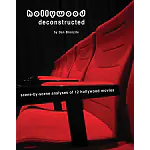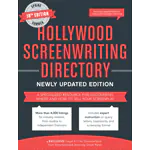Tag: movie
Nuvotech Releases New Reference Plugins For Movie Outline 3
4 December, 2012 (London, UK) — UK technology company Nuvotech today launched six new Reference Plugins Movie Breakdowns for its popular screenwriting software Movie Outline 3. Hollywood Hits Plugins…
Vary your Movie Script Locations
In your everyday life, do you sit in one spot and talk to everybody you meet in that same place? Okay, maybe you do but unless that’s the point…



